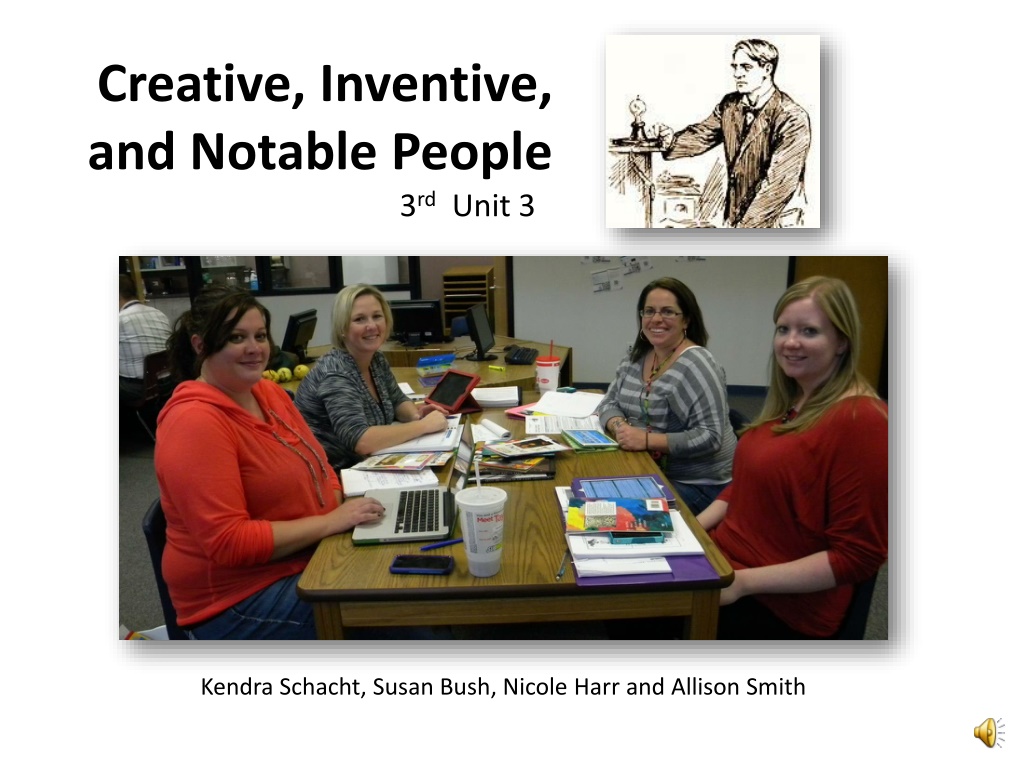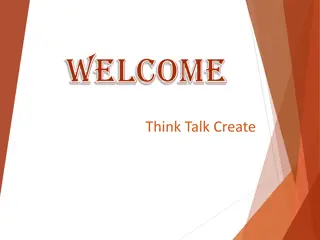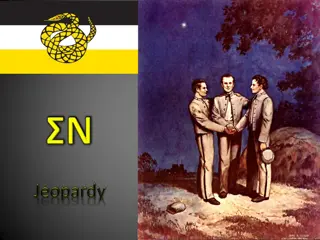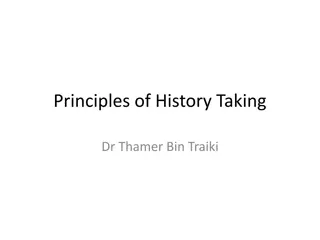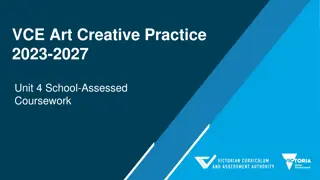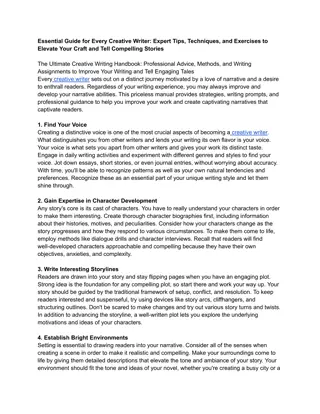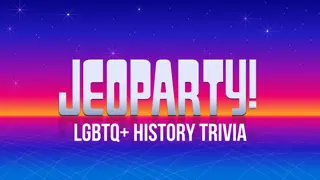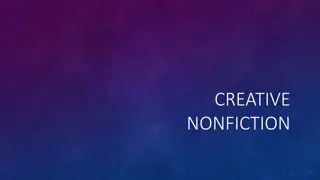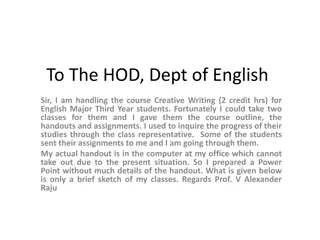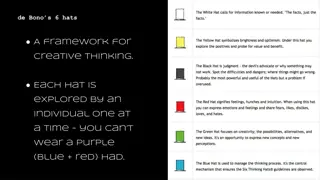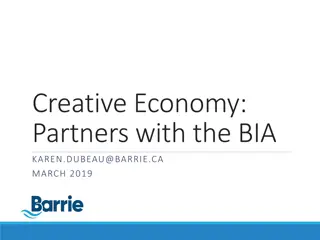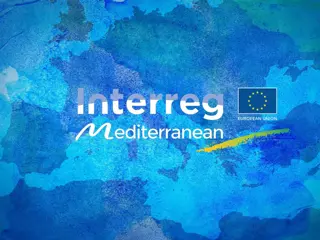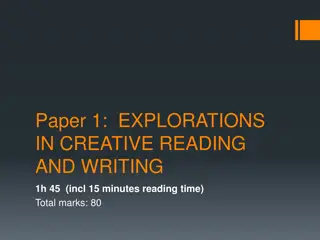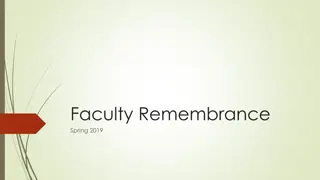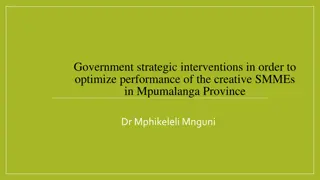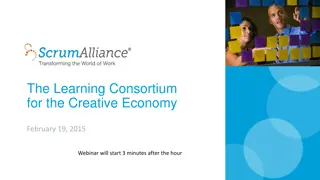Exploring Creative and Notable Individuals in History
Delve into the lives of Kendra Schacht, Susan Bush, Nicole Harr, and Allison Smith as they epitomize creativity and innovation. Uncover how these exceptional individuals have impacted history through their inventive contributions. Engage in thought-provoking activities and explore essential questions to deepen your understanding of their significance. From exploring Amelia Earhart's legacy to Marian Anderson's revolutionary journey, embark on a captivating exploration of influential figures in history.
Download Presentation

Please find below an Image/Link to download the presentation.
The content on the website is provided AS IS for your information and personal use only. It may not be sold, licensed, or shared on other websites without obtaining consent from the author. Download presentation by click this link. If you encounter any issues during the download, it is possible that the publisher has removed the file from their server.
E N D
Presentation Transcript
Creative, Inventive, and Notable People 3rd Unit 3 Kendra Schacht, Susan Bush, Nicole Harr and Allison Smith
Creative, Inventive, and Notable People Essential Questions How does history connect people? How do people impact history?
Week Standards Texts Suggested Activities Ask and answer questions about a text (RL.3.1) Explain how specific aspects of a text s illustrations contribute to what is conveyed by the words in a story (RL.3.7) Write opinion pieces on topics or texts, supporting a point of view with reasons (W.3.1) Intro Power point (TCR) Develop an anchor chart to keep track of creative, inventive, and notable people Opinion writing task 1 Ask and answer questions about a text (RL.3.1) Describe the relationship between a series of historical events, scientific ideas or concepts, or steps in technical procedures in a text, using language that pertains to time, sequence, and cause/effect (RI.3.3) Compare and contrast the most important points and key details presented in two texts on the same topic. (RI.3.9) Ask and answer questions about the text Text talk Close reading Contribute to anchor chart Establish timeline Narrative writing task Opinion writing task 2 DIVIDE the unit into weeks and DISTRIBUTE the standards Letter from Amelia to FDR (TCR) Childhood Story of Amelia Earhart (TCR) Amelia Earhart speech http://www.history.com/s peeches/amelia-earhart- on-women-in- flight#amelia-earhart-on- women-in-flight Article: New Clues about her plane July 2014 http://www.foxnews.com/ science/2014/07/01/photo -may-offer-crucial-clue-in- amelia-earhart-mystery- report/
Week Standards Texts Suggestions Martin s Big Words (2nd grade, Unit 4) Establish historical timeframe for When Marian Sings Connect the life of Marian Anderson with the events in history Text talk Text dependent questions about key ideas and details Contribute to anchor chart and timeline Ask and answer questions about a text (RL.3.1) Describe the relationship between a series of historical events, scientific ideas or concepts, or steps in technical procedures in a text, using language that pertains to time, sequence, and cause/effect (RI.3.3) 3 Marian s Revolution (TCR) Time for Kids: Biographies Contribute to anchor chart Generate research questions about an inventor Use texts to answer questions Ask and answer questions about a text (RL.3.1) Use text features and search tools to locate information relevant to a given topic efficiently (RI.3.5) Write informative/explanatory texts (W.3.2) Conduct short research projects (W.3.7) Recall information from experiences or gather information from print and digital sources; take brief notes on sources and sort evidence into provided categories (W.3.8) 4
Week Standards Texts Suggestions Use information gained from illustrations (e.g., maps, photographs) and the words in a text to demonstrate understanding of the text (e.g., where, when, why, and how key events occur) (RI.3.7) Write informative/explanatory texts (W.3.2) Conduct short research projects (W.3.7) Recall information from experiences or gather information from print and digital sources; take brief notes on sources and sort evidence into provided categories (W.3.8) Getting to Know the World s Greatest Artists Contribute to anchor chart 5 Read on-level prose and poetry orally with accuracy, appropriate rate, and expression on successive readings. (RF.3.4.b) Refer to parts of poems when writing or speaking about a text, using terms such as stanza; describe how each successive part builds on earlier sections. (RL.3.5 ) Choose words and phrases for effect. (L.3.3a) Recognize and observe differences between the conventions of spoken and written standard English. (L.3.3b) Use a known root word as a clue to the meaning.(L.3.4.c) Courage (TCR) The Folk Who Live in Backward Town Jimmy Jet and His TV Set Suggested Artwork Contribute to anchor chart and timeline Opportunities to teach language standards(words, phrases) See page 2 of Courage on TCR. 6
Week Standards Essential Questions Ask and answer questions about a text (RL.3.1) Explain how specific aspects of a text s illustrations contribute to what is conveyed by the words in a story (RL.3.7) Write opinion pieces on topics or texts, supporting a point of view with reasons (W.3.1) 1 Ask and answer questions about a text (RL.3.1) Describe the relationship between a series of historical events, scientific ideas or concepts, or steps in technical procedures in a text, using language that pertains to time, sequence, and cause/effect (RI.3.3) Compare and contrast the most important points and key details presented in two texts on the same topic. (RI.3.9) 2 Ask and answer questions about a text (RL.3.1) Describe the relationship between a series of historical events, scientific ideas or concepts, or steps in technical procedures in a text, using language that pertains to time, sequence, and cause/effect (RI.3.3) 3 How does history connect people?
Week Standards Essential Questions Ask and answer questions about a text (RL.3.1) Use text features and search tools to locate information relevant to a given topic efficiently (RI.3.5) Write informative/explanatory texts (W.3.2) Conduct short research projects (W.3.7) Recall information from experiences or gather information from print and digital sources; take brief notes on sources and sort evidence into provided categories (W.3.8) 4 Use information gained from illustrations (e.g., maps, photographs) and the words in a text to demonstrate understanding of the text (e.g., where, when, why, and how key events occur) (RI.3.7) Write informative/explanatory texts (W.3.2) Conduct short research projects (W.3.7) Recall information from experiences or gather information from print and digital sources; take brief notes on sources and sort evidence into provided categories (W.3.8) 5 How do people impact history? Read on-level prose and poetry orally with accuracy, appropriate rate, and expression on successive readings. (RF.3.4.b) Refer to parts of poems when writing or speaking about a text, using terms such as stanza; describe how each successive part builds on earlier sections. (RL.3.5 ) 6
RESOURCES RESOURCES Susan Hensley Elementary Curriculum Specialist shensley@rps.k12.ar.us
